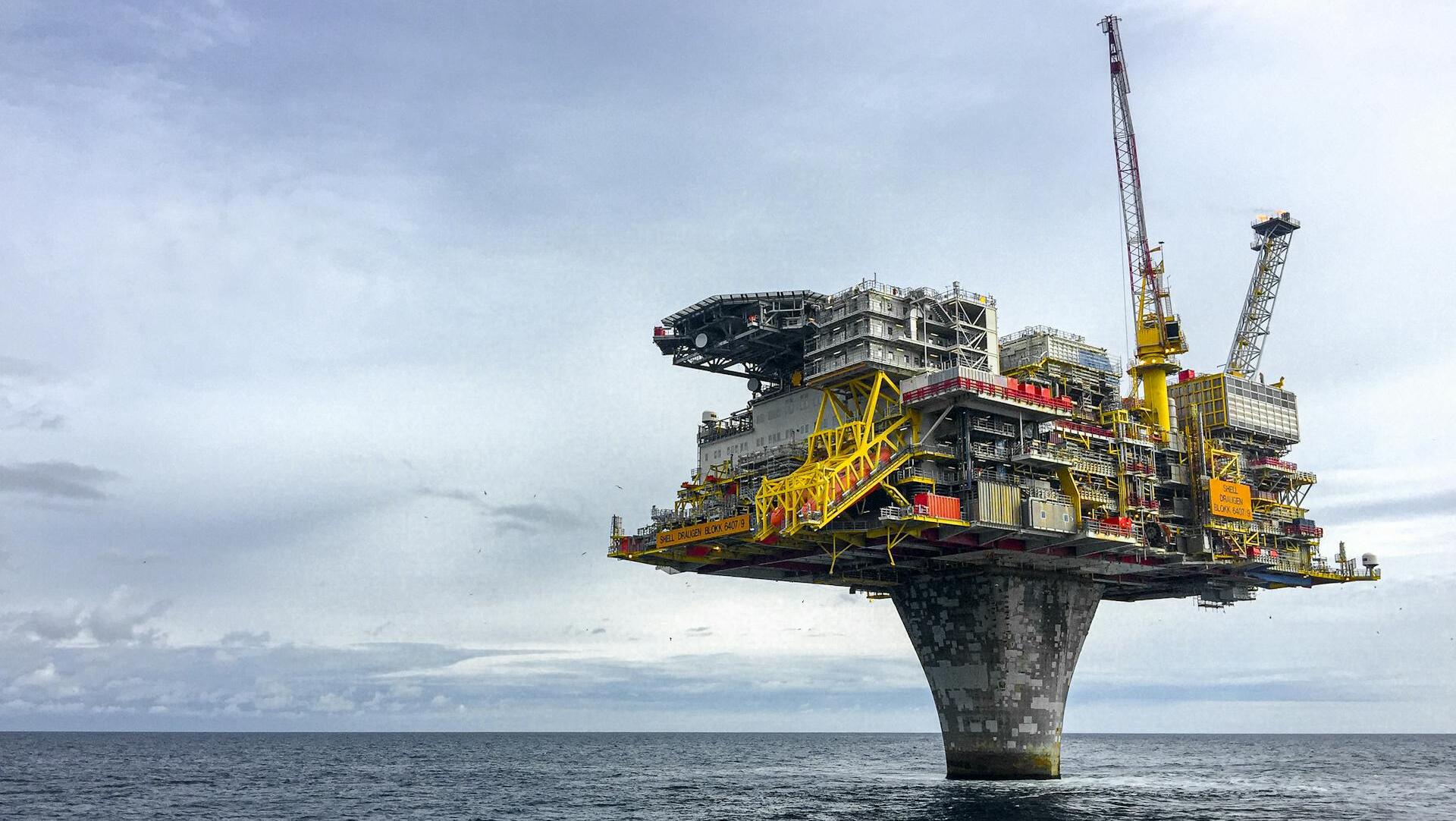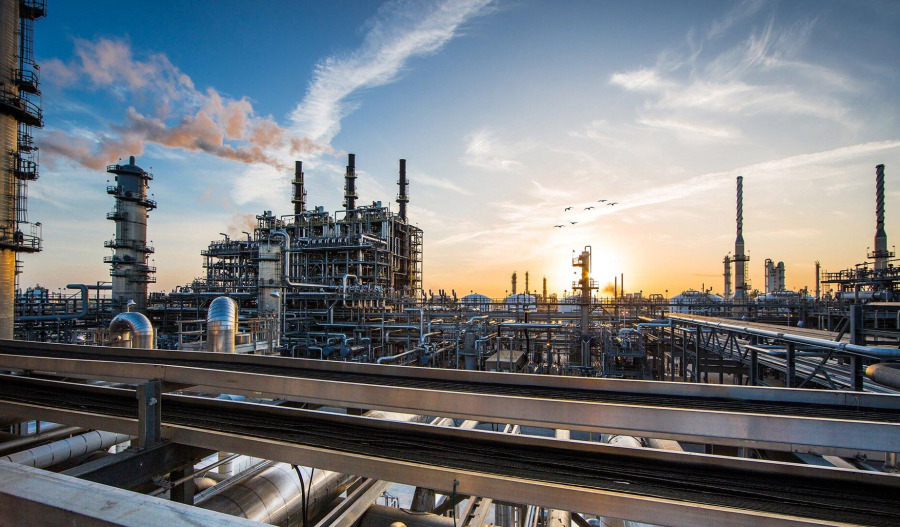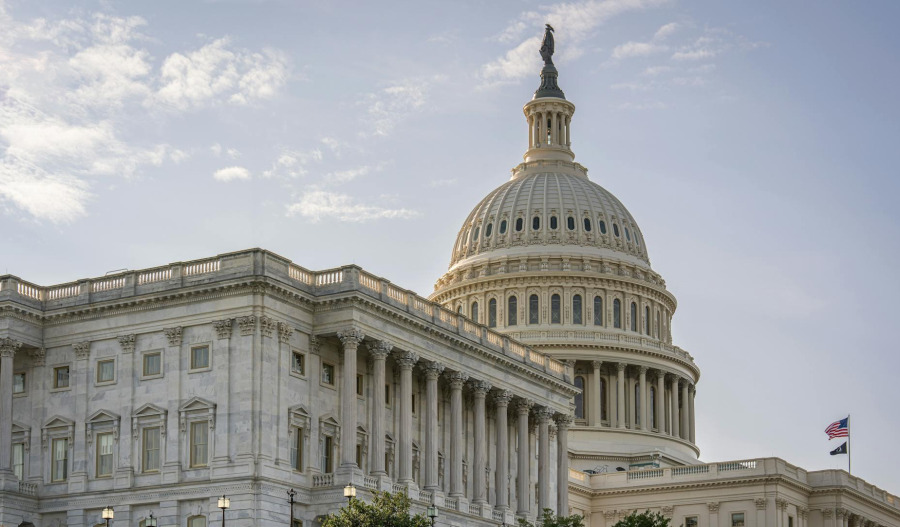Oil prices traded slightly higher during Asian deals on Wednesday after two straight sessions of declines, as investors assessed potential production increases against signs of falling crude inventories in the United States.
By 2:30 pm AEST (4:30 am GMT), Brent crude futures for December delivery rose 19 cents, or 0.3%, to $66.22 per barrel, while U.S. West Texas Intermediate gained 18 cents, or 0.3%, to $62.55 per barrel.
The modest rise followed sharp losses earlier in the week, with both Brent and WTI down more than 3% on Monday, and falling a further 1.5% on Tuesday.
Fresh data from the American Petroleum Institute showed U.S. crude inventories fell last week, even as gasoline and distillate stocks climbed.
The Organization of the Petroleum Exporting Countries (OPEC+) is also reportedly weighing a significant production hike for November, with Saudi Arabia pushing for an increase of up to 500,000 barrels per day (bpd) to regain market share, three people familiar with the talks told Reuters. That would be triple the October rise.
OPEC, in a post on X, pushed back against speculation, saying reports of a 500,000 bpd hike were “misleading”.
ANZ analysts said: "Supply risks are still looming due to deepening geopolitical situation and supply outages.
"President Trump stated that he had dispatched ‘a submarine or two’ to Russia’s coast. While it remains unclear whether this move signifies an escalation or not, the remark underscores a shift in diplomatic tone toward Russia.
"This change heightens the likelihood of additional restrictions on Russian oil exports, increasing risks for Russian exports."
Political uncertainty also loomed large. In Washington, President Donald Trump secured the backing of Israeli Prime Minister Netanyahu for a U.S.-brokered Gaza peace plan, though Hamas’s response remained unclear.



